Capilano University Rehabilitation Assistant Program Students Visit Our Solutions Lab
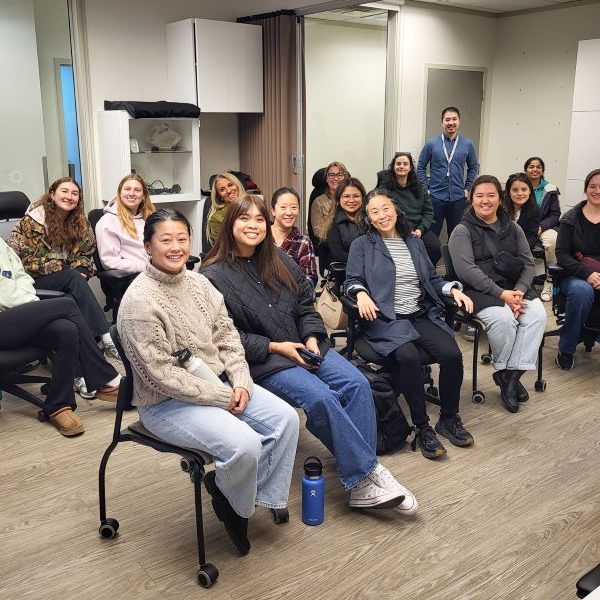
Today, our Solutions team is hosting students from Capilano University‘s Rehabilitation Assistant Program for a visit to our Burnaby Head Office and Solutions Lab.
Gauth: AI Study Companion
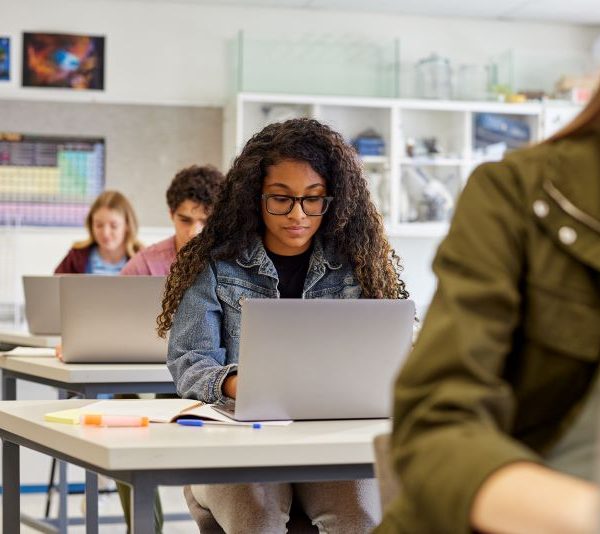
Math solver apps such as MathMaster have been around for a while, and from my experience, they work surprisingly well. But what if there was an app that could solve more than just math equations? What if there was something that could answer virtually any question?
Gauth is an AI study app designed to not only answer any type of math problem, but also questions related to History, Biology, Physics, Economics, Chemistry, Literature, and more.
How to: Use ChatGPT to Create Homework and Study Material

Recently, my nine-year-old was tasked with learning a set of twenty spelling words. Her teacher had provided her with some excellent practice sheets, but it quickly became apparent that she was going to need some additional study material in order to master these new words.
I turned to ChatGPT for help, and after experimenting with a few different prompts, I was very impressed with the results. So, for today’s e-bulletin, we are going to learn how to use ChatGPT to generate supplemental study material.
We Have Solutions! – Episode 39: Blitzit, ReadSpeaker Textaid, Huxe, and the TourBox Creative Console
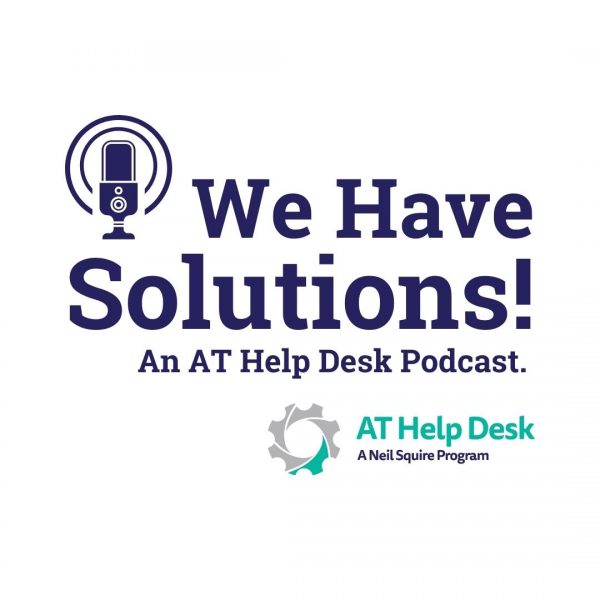
In this episode we review some great new apps including Blitzit, ReadSpeak TextAid, and Huxe, a brand-new app from the creators of Notebook LM that turns everything from personal emails to news into your own personal AI powered radio station. We also look at a promising new piece of hardware called the TourBox Creative Console that has a lot of potential as an adaptive controller.
ReadSpeaker TextAid – An Online Reading and Writing Suite

Tools for reading text aloud aren’t just for persons with disabilities. Anyone who reads or writes online can benefit from text being read aloud. Certainly every time I finish writing an article, I immediately have it read aloud to pick up on any spelling or grammar errors, to listen for proper tone and delivery, and to make sure that the sentences I write actually make sense!
And while Edge has a great feature for reading articles online, and Word can be used to read writing aloud, today we are going to look at a tool that does everything these two apps do plus much, much more.
Blitzit: A Productivity and Pomodoro App

Productivity apps are great because they are useful to pretty much anyone who is of school age or older. Whether you are a student, or a working professional, you’re going to have lots of things happening in both your personal and work life that you’ll need to keep track of.
Quizlet: A Smart Way to Study
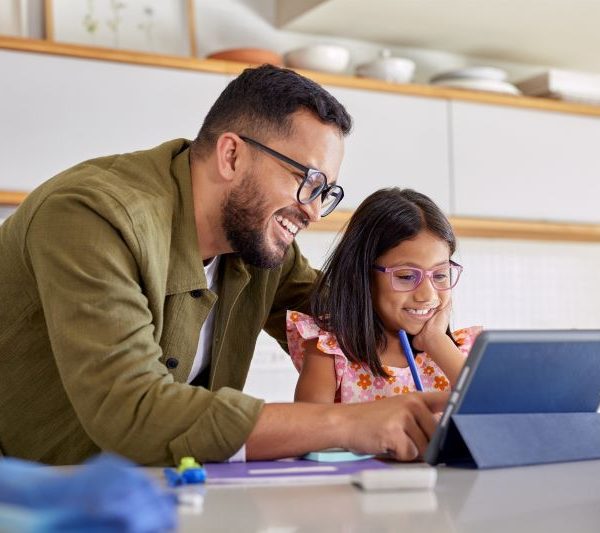
Almost ten years ago we reviewed Quizlet for the first time. It was a great app then, and today it’s even better thanks to the app’s integration of AI technology.
Quizlet, currently the top contender for Flashcard apps in the app store, is a great way to study. Simply put, the app allows you to either create your own custom flashcard sets by scanning documents with the build scanner, selecting pre-downloaded images or text files, creating them manually, or choosing from a library of pre-existing cards.
HumanWare Podcast “See Things Differently” Interviews Assistive Technology Specialist Erin LeBlanc
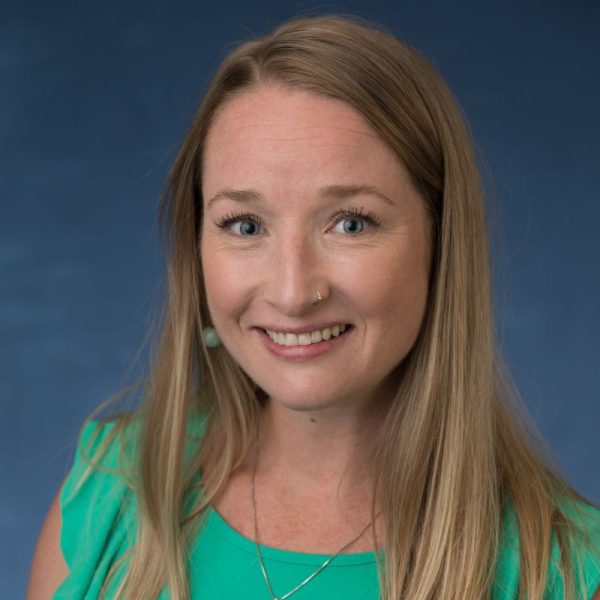
Assistive Technology Specialist, Erin LeBlanc, recently appeared on HumanWare‘s podcast, “See Things Differently,” as part of their partner spotlight featuring our organization.
Docutain: Organized OCR and Scanning

We’ve looked at plenty of Optical Character Recognition (OCR) apps in the past, but with OCR apps I find that it’s often worth having a couple different options on hand, since these apps don’t always produce the same results depending on what kind of source material you have to scan.
Docutain is an app for iOS and Android that does all the things you’d expect from an OCR app but also goes further than most in its approach to document organization, so for users who scan a wide variety of documents, this app is especially well laid out.
Miro: An Accessible Workspace App

If you need to collaborate on a project virtually, it’s hard to beat a workspace app. These apps are ideal because they provide a virtual whiteboard that allows users to plan and flesh out projects remotely, allowing members from all over the world to work together in real time. In fact, even for groups that are able to meet in-person, I can’t be convinced that this approach isn’t far more efficient, not to mention accessible, than a traditional, in-person whiteboard approach to project planning.
Miro is one of many of such apps, but it deserves some special attention today because of how seriously they take accessibility. The app is constantly being tested and audited by screen reader users to ensure that the app is as accessible as possible. It is also packed with helpful accessibility features.



